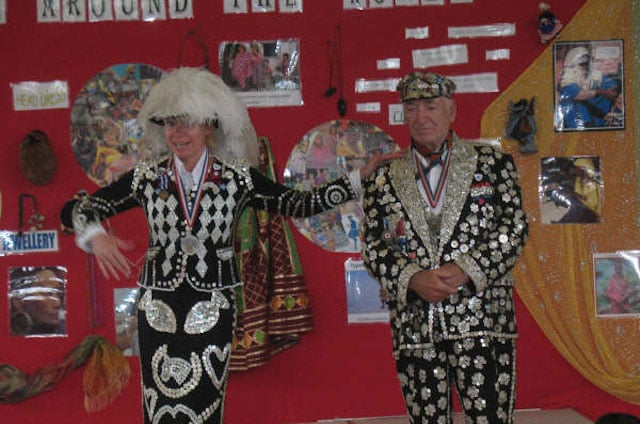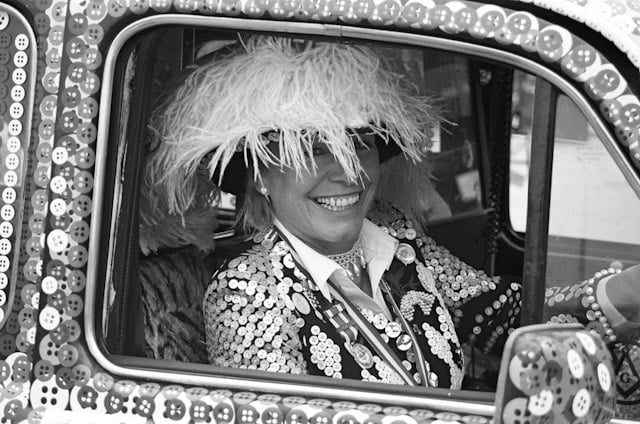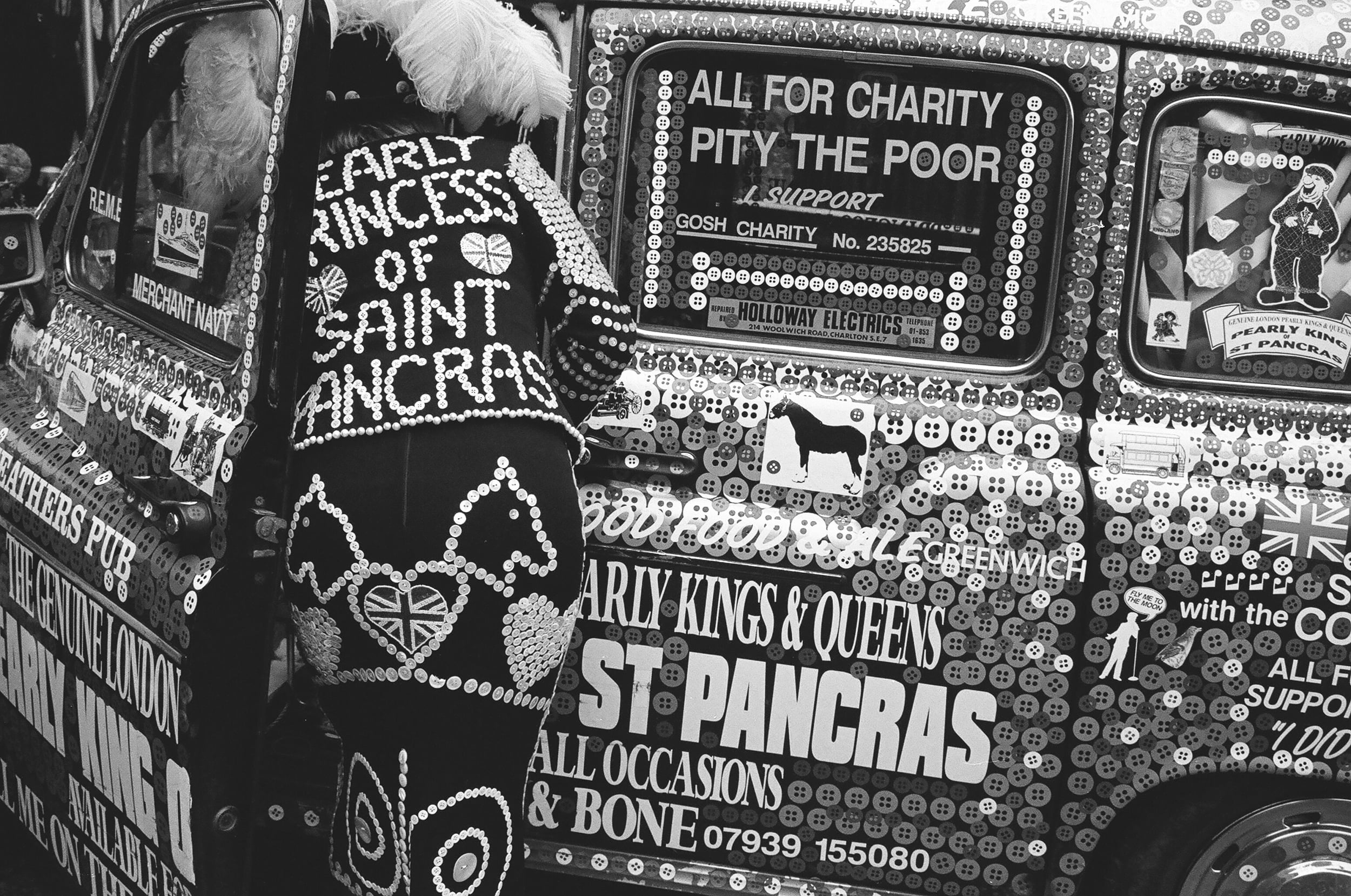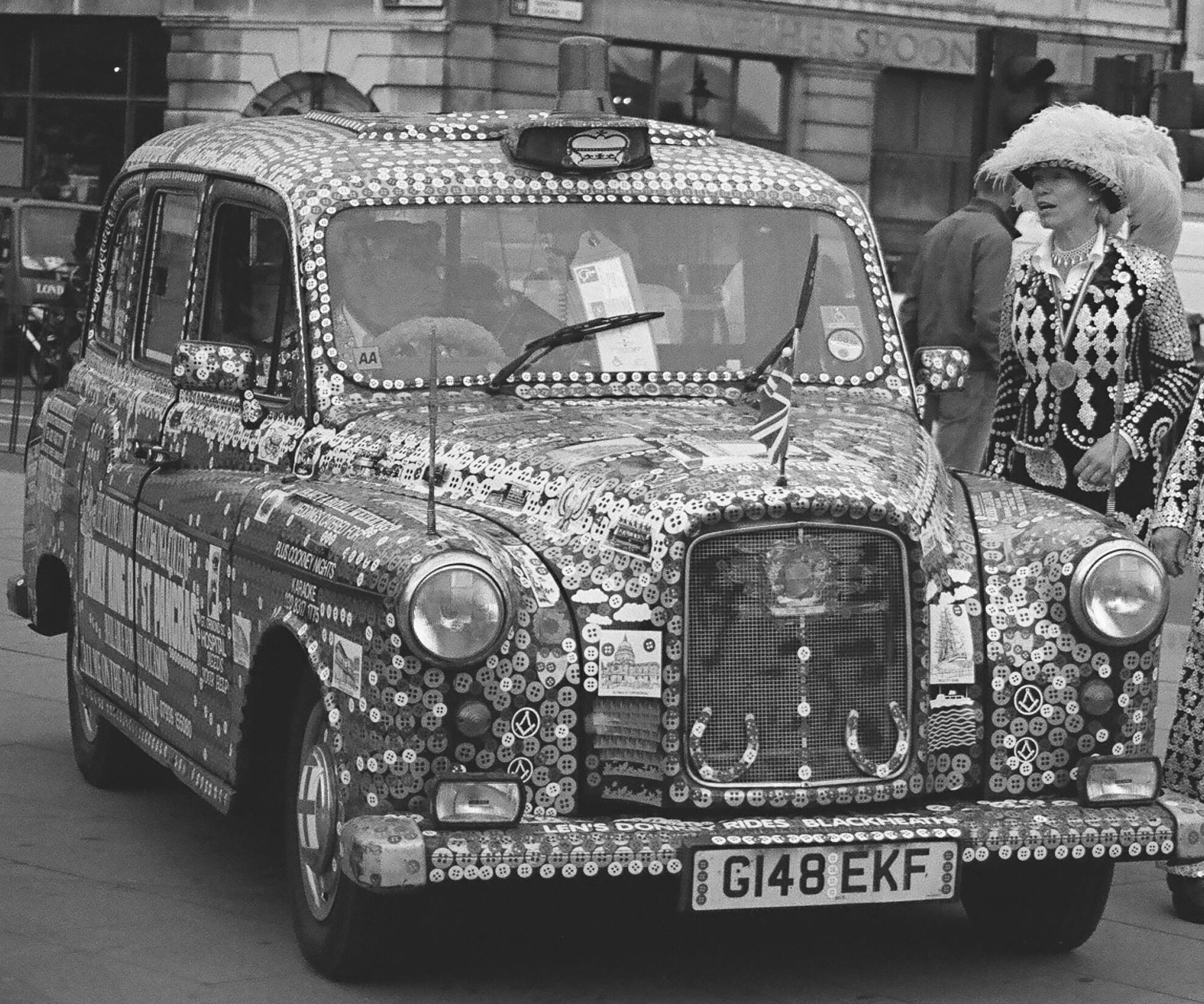



The Original Pearlies | About Us
About Us
The Original Pearlies | About Us
About Us
Raising fun & funds for over 100 years. We are passionate about sharing our rich history and engaging with people of all ages for a good cause. In all our work we support grass roots community led causes which reflect how we connect with each other and nature.
Pearly King Gary of Kings Cross
Pearly King Lee of St Pancras
Pearly Queen Sherida of Kings Cross
Little Pearly Princes & Princesses

The Original Pearlies | History
Our History
The Original Pearlies | History
Our History
The tradition of Pearly Kings and Queens originated in 19th Century Victorian London. They evolved from Coster Kings and Queens, who were elected as leaders of London’s street traders, Costermongers, costard being an apple, monger being a seller.
Costers admired style and panache and with the typical Coster cheek they imitated the wealthy West End society, who by the early 19th century had developed a fashion for wearing pearls and parading in their finery on Sundays in the fashionable London parks – the Costers took it one step further by sewing lines of pearl flashers on their battered hand-me down waist coats, caps and working trousers and started doing their own parade – the ‘Lambeth Walk’.
Although each Coster family traded independently, they remained loyal to other Costers, collecting for those that fell on hard times. Their philosophy to life was one of fate, some you win some you lose, when things went bad you just had to pick yourself up and start all over again.
So Henry Croft started the Pearly tradition on the streets of Somerstown, spreading the word about the buttons to his nearest and dearest. Very soon he had persuaded his good friend George Dole to start sewing - and The Pearlies of St.Pancras came into existence.
The costers were a mainstay of London life dating back to the 11th century. Unlicensed and itinerant and often hounded by the authorities, they cried their wares with vigour and panache.
The transformation to the complete pearly costume as we know them today finally came in the 1880s through a road sweeper and rat catcher by the name of Henry Croft.
There are many myths and stories about how he ended up wearing the first suit. The most colourful one tells that he came across a discarded shipload of pearl buttons on the mud banks of the Thames. Wherever he actually found them, he set about smothering a worn out dress suit and top hat with 60,000 smoked pearl buttons incorporating patterns, symbols and slogans such as:
'All for charity and pity the poor'
Henry was an orphan and was brought up in a rat infested workhouse. He was particularly influenced by the Costers outlook on life, of helping those less well off, even if you had little yourself. Henry caused such a stir in his pearly suit that when he joined the Costers on their hospital fund raising parades and carnivals his shimmering outfit delighted onlookers and worked wonders in raising funds for the charities.
Costers admired style and panache and with the typical Coster cheek they imitated the wealthy West End society, who by the early 19th century had developed a fashion for wearing pearls and parading in their finery on Sundays in the fashionable London parks.
Today the Pearly Kings and Queens of St. Pancras give up their spare time whenever they can to help a good cause. Today they carry on the work of their ancestors spreading goodwill with cockney spirit and cheer in their very own Pearly Cabs!
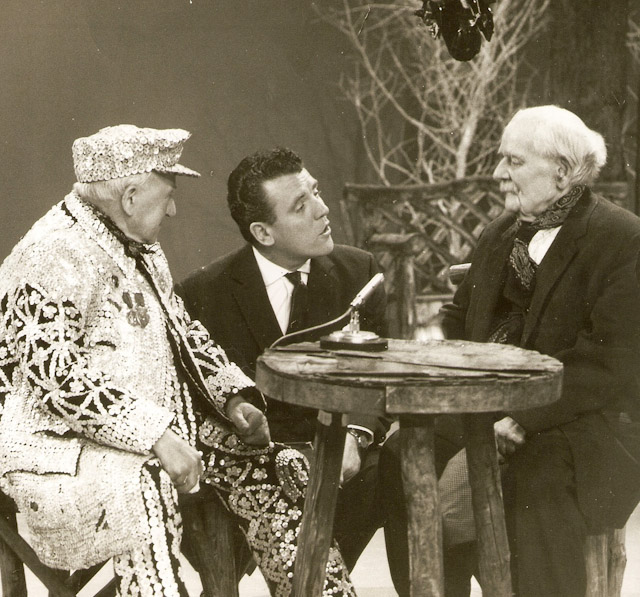
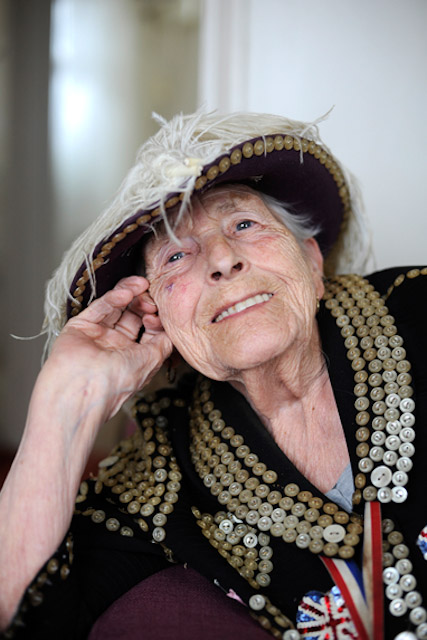
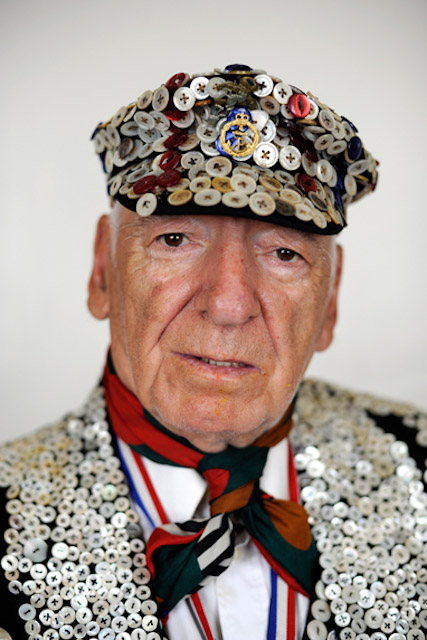
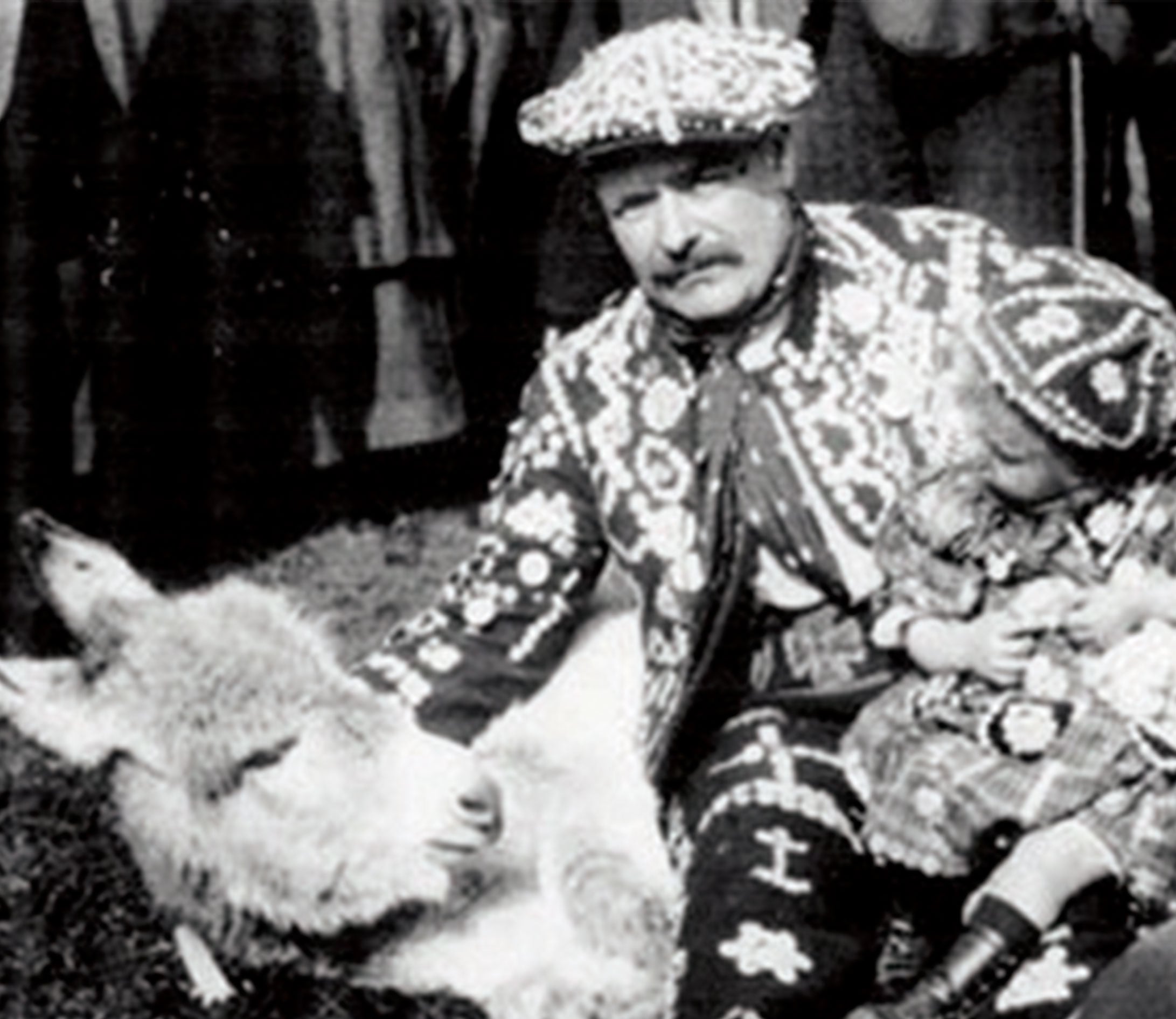
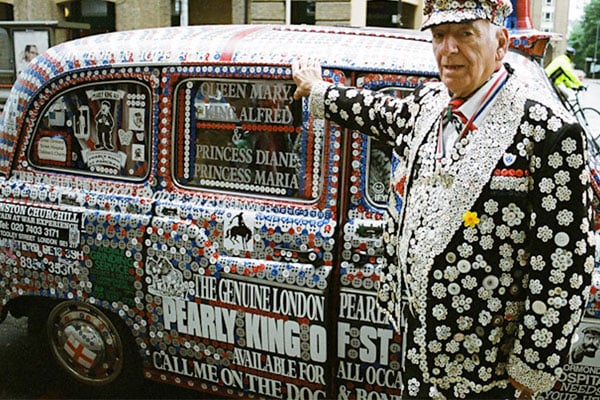
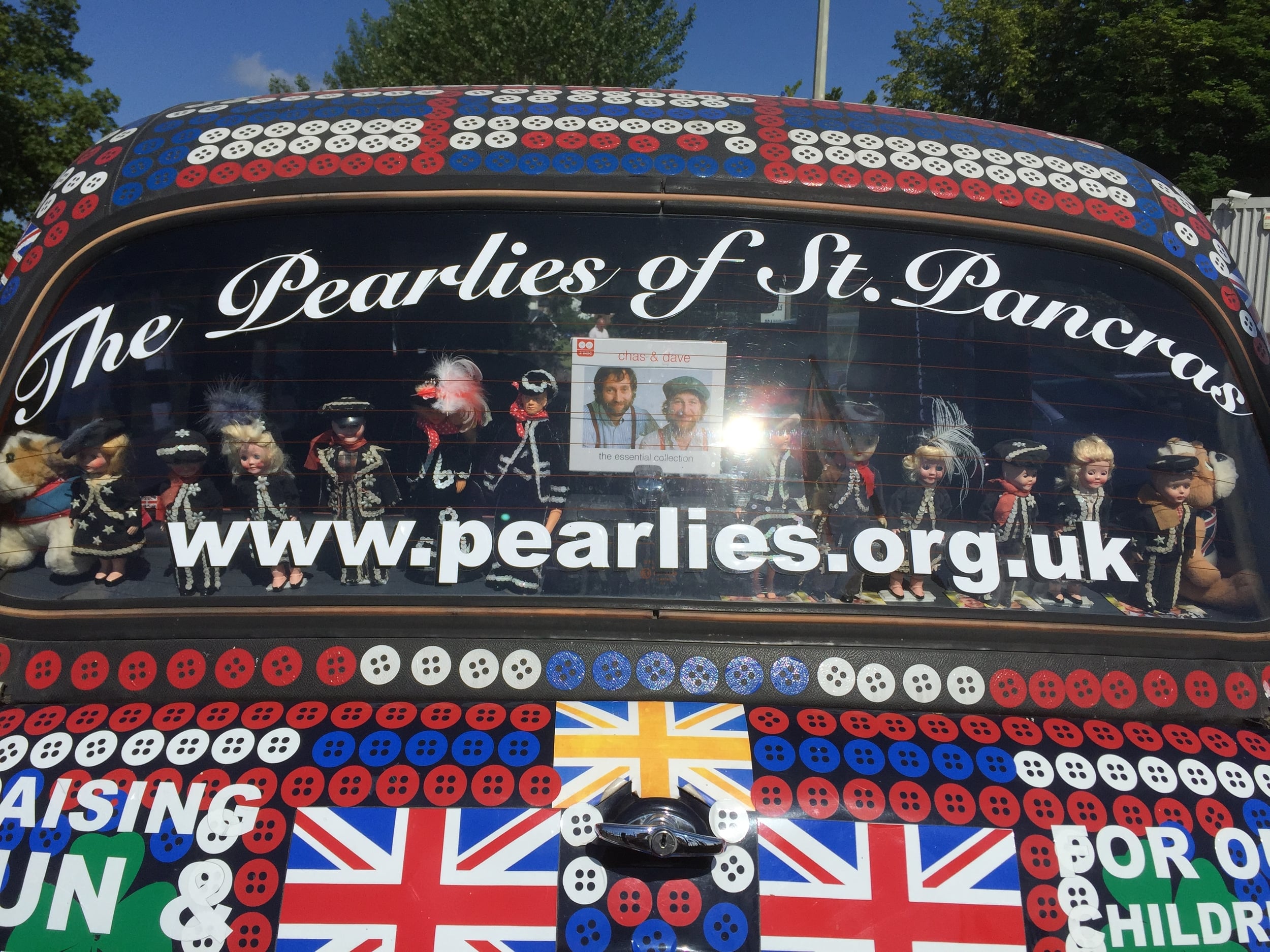
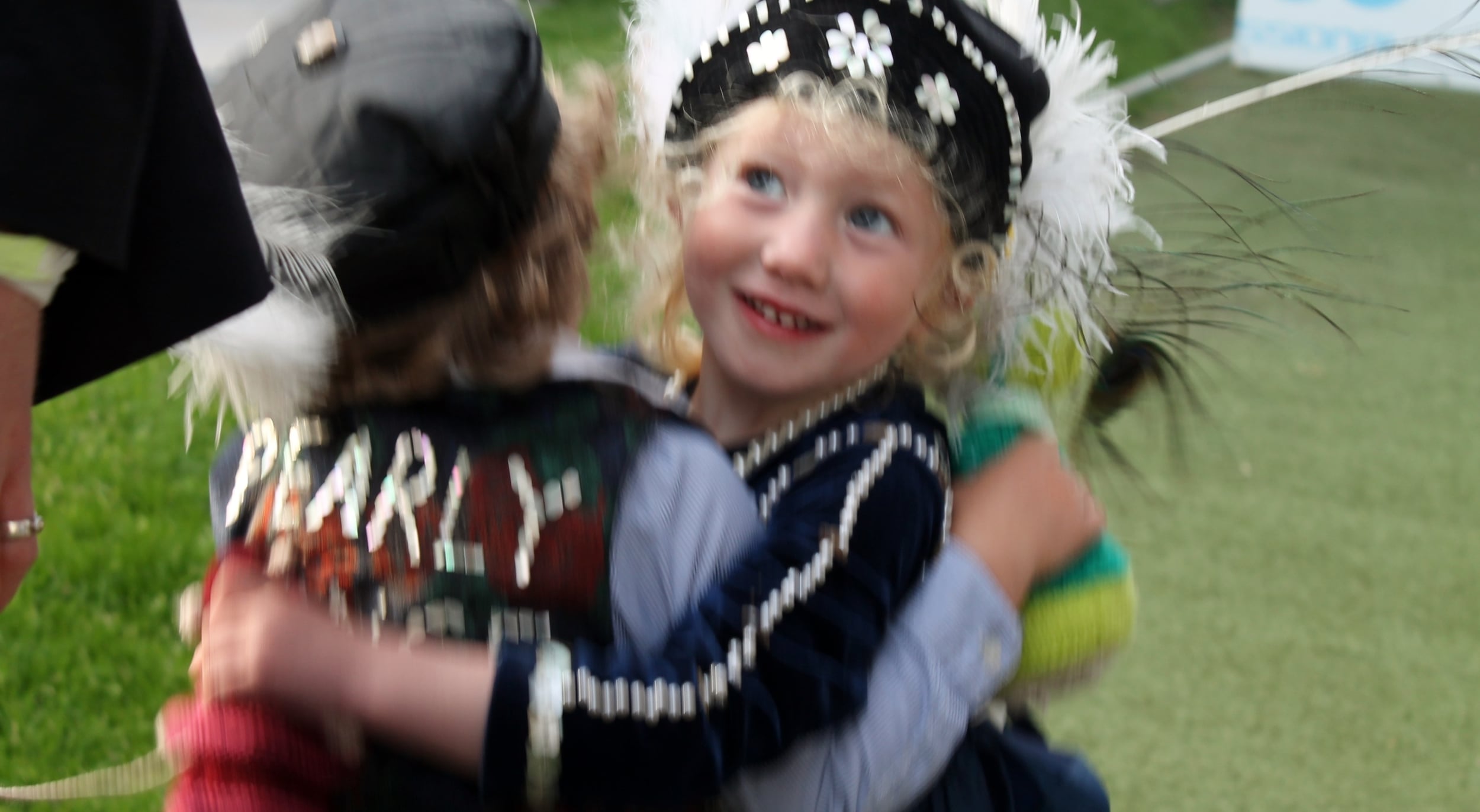
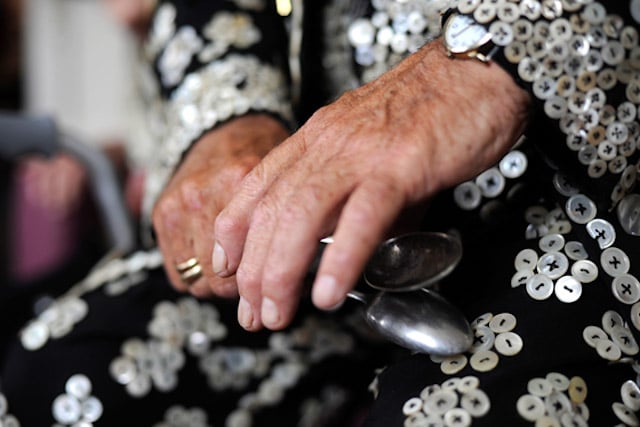
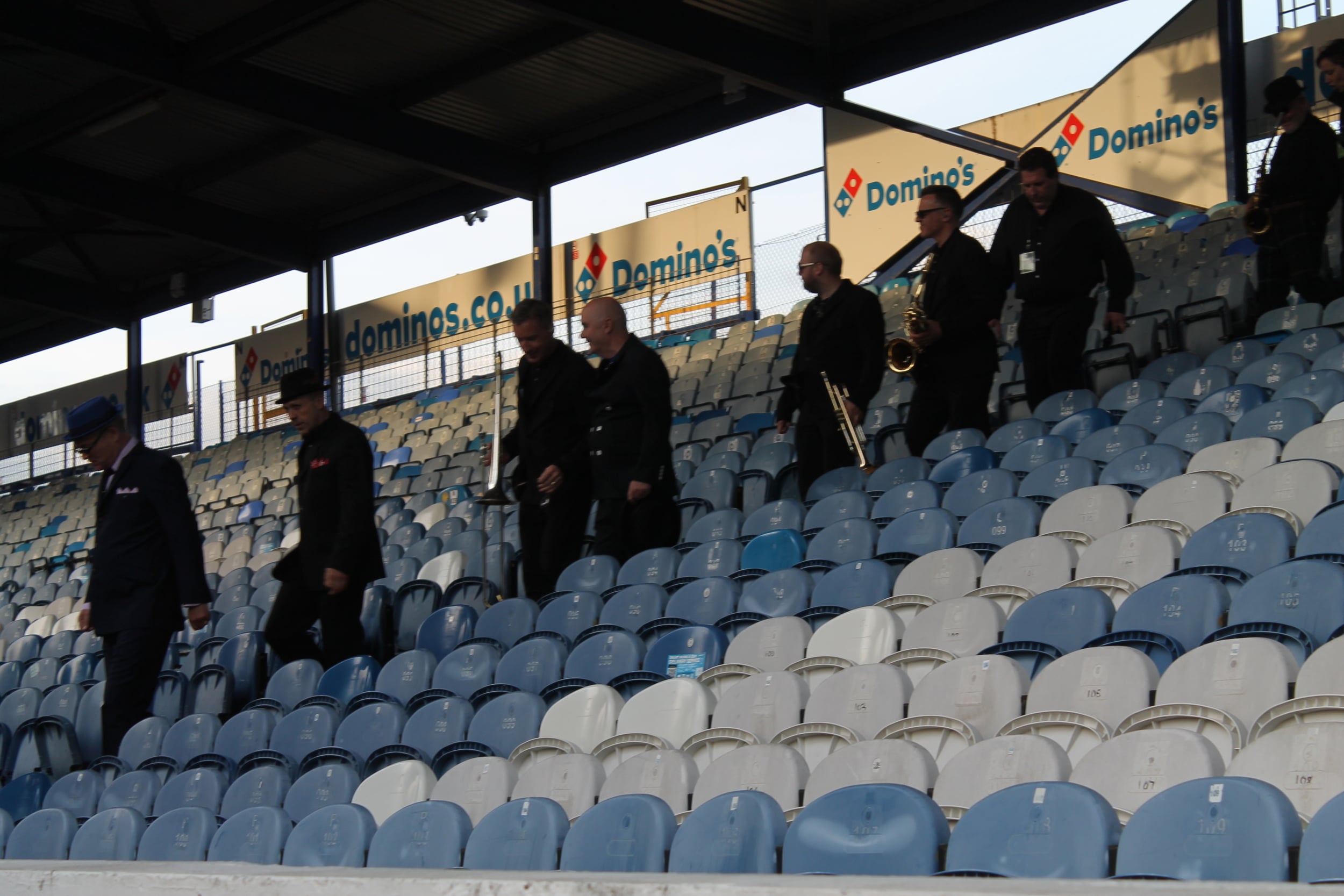
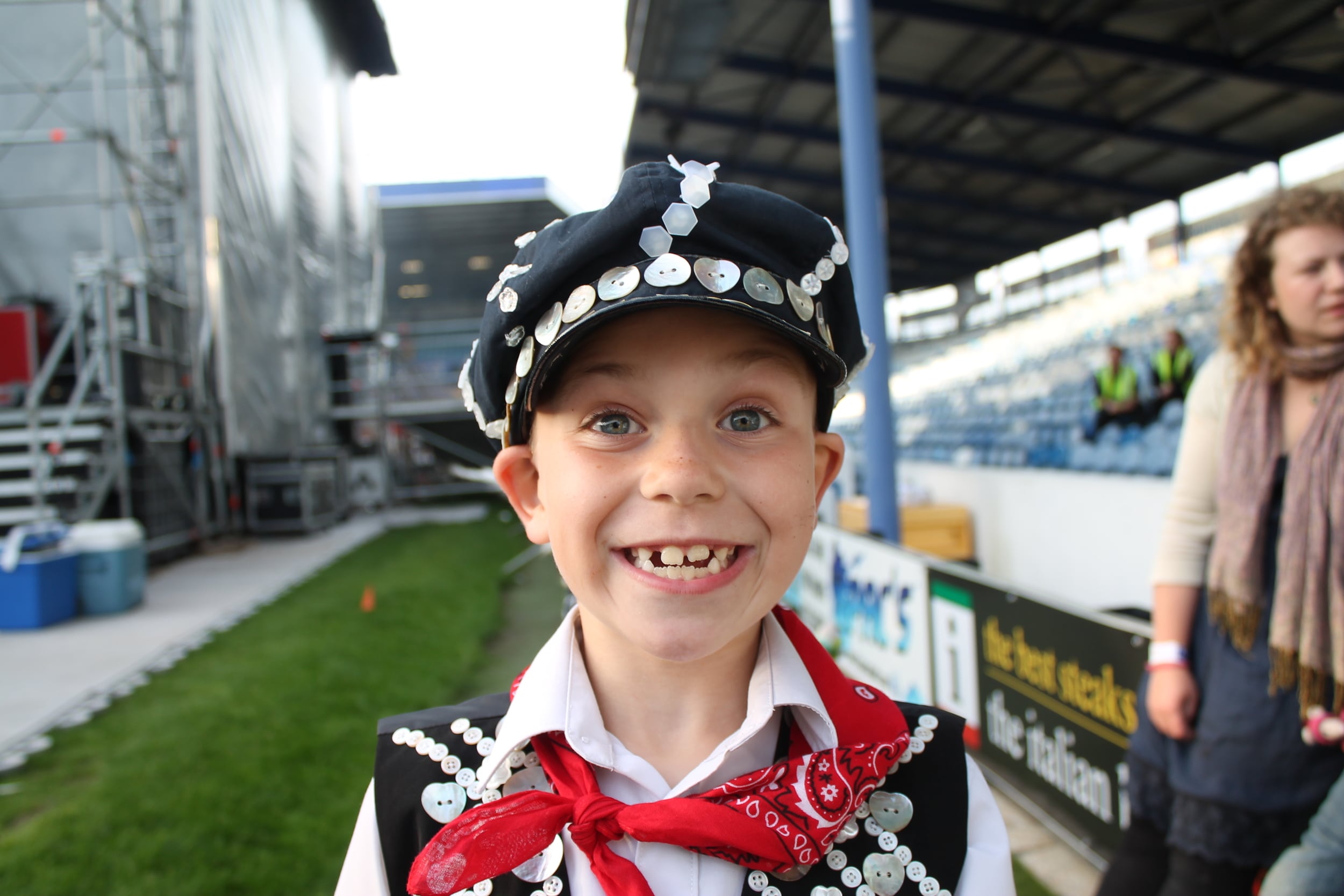
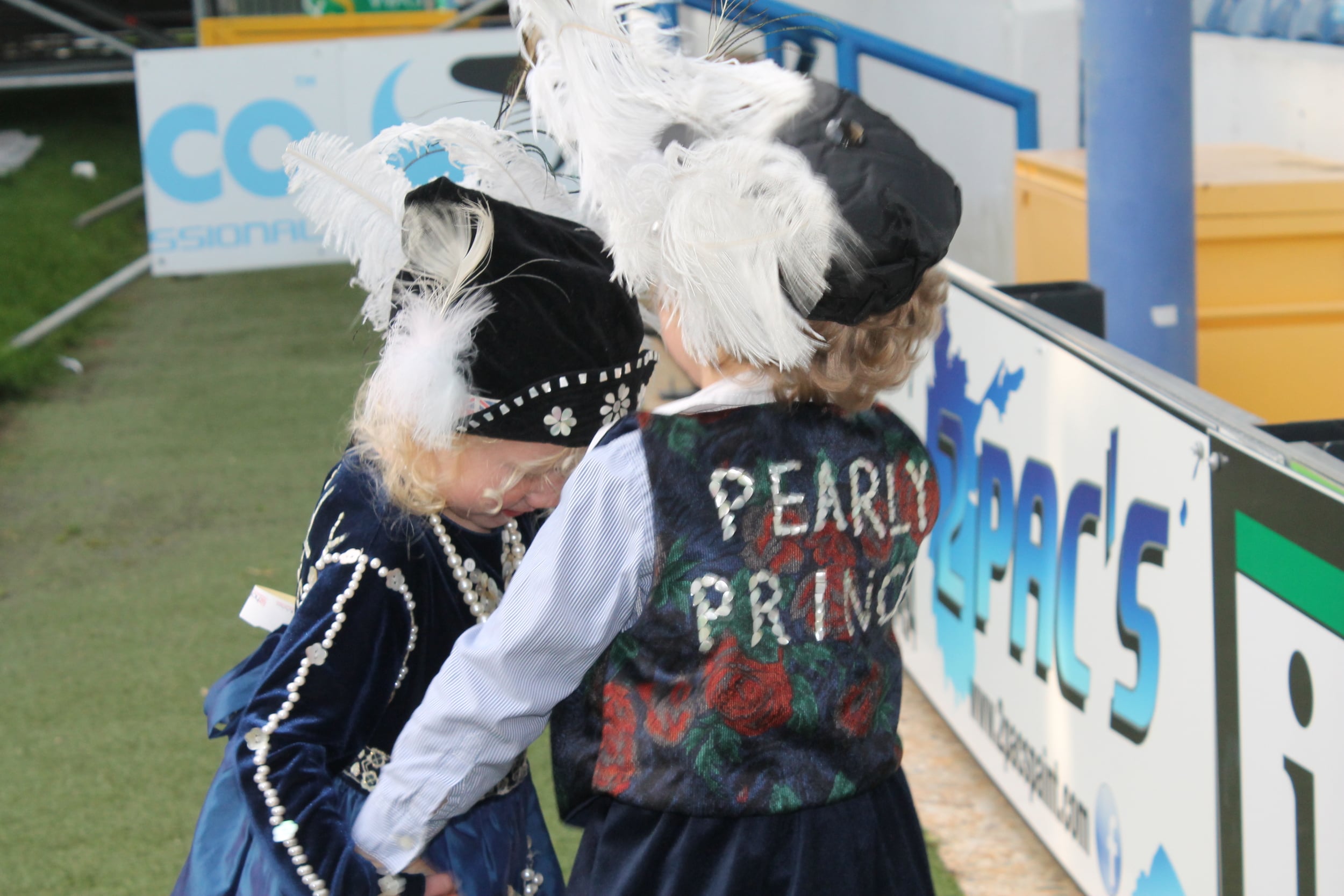
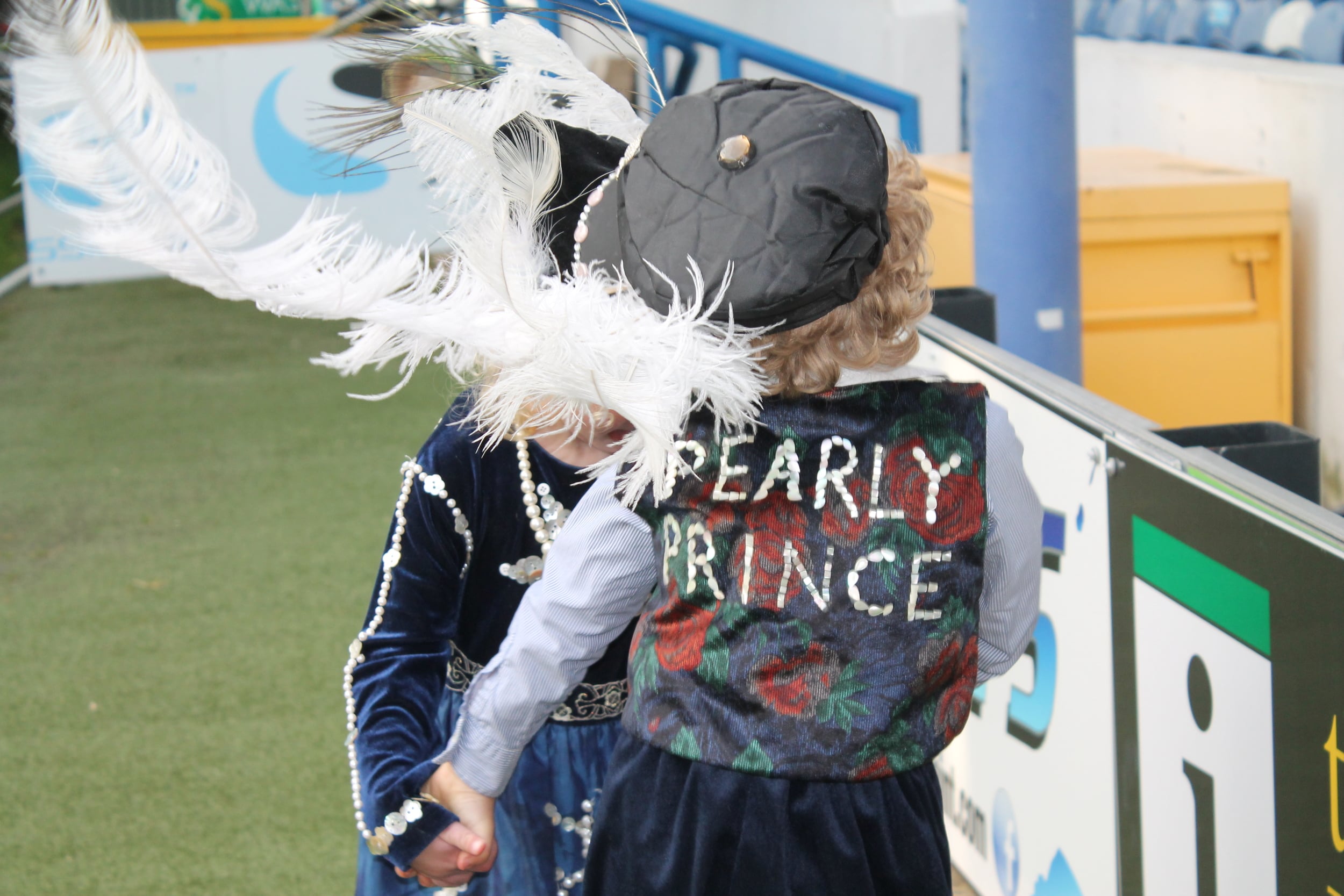
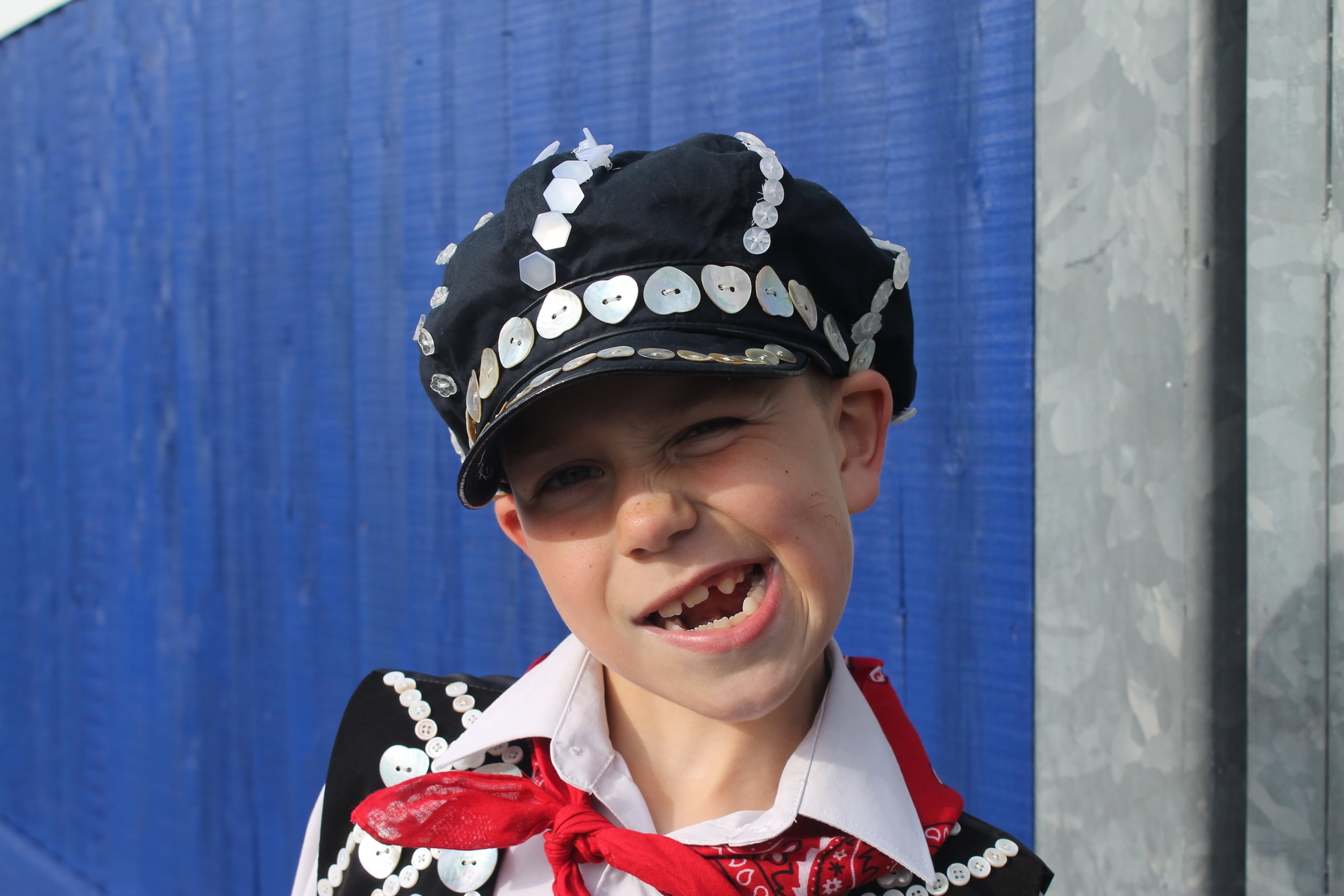
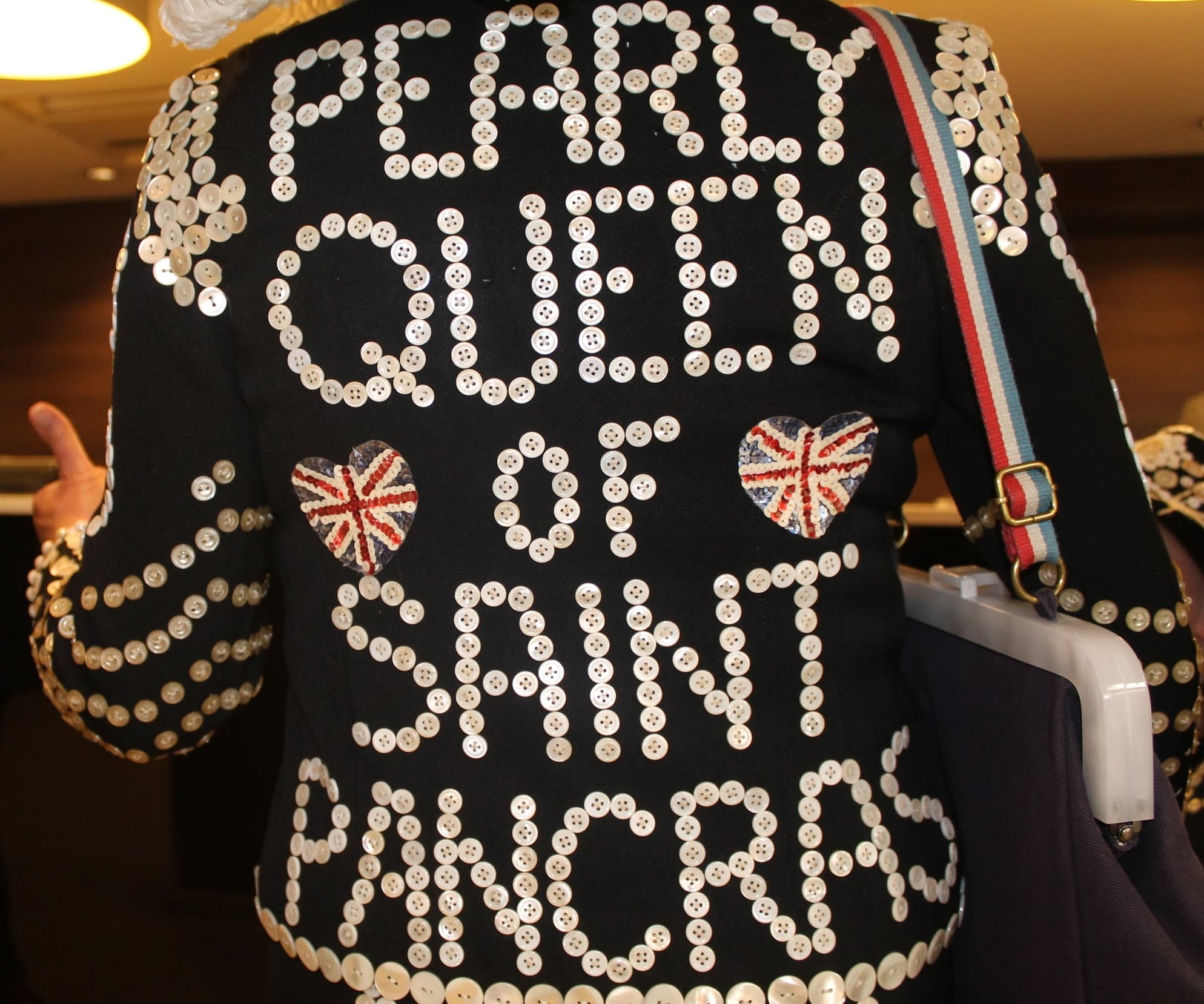
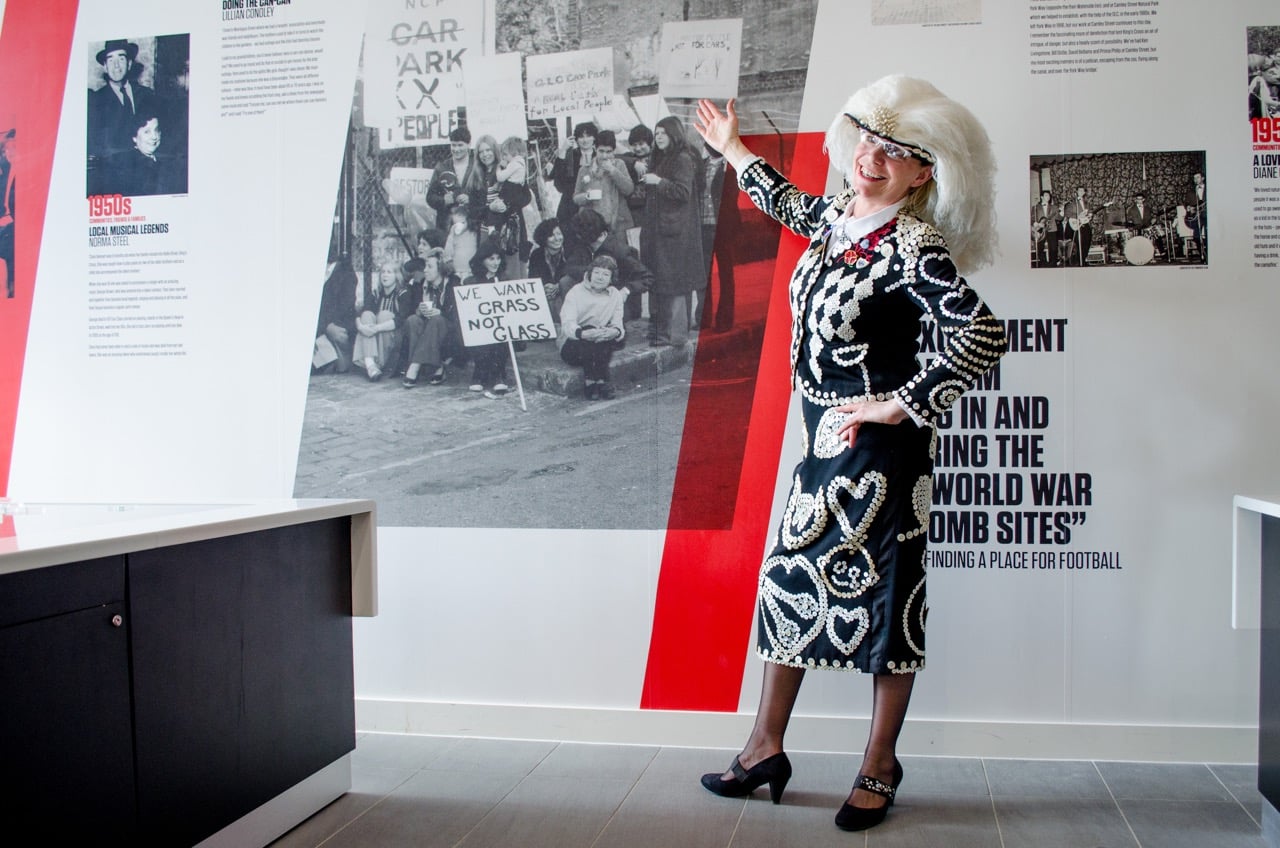
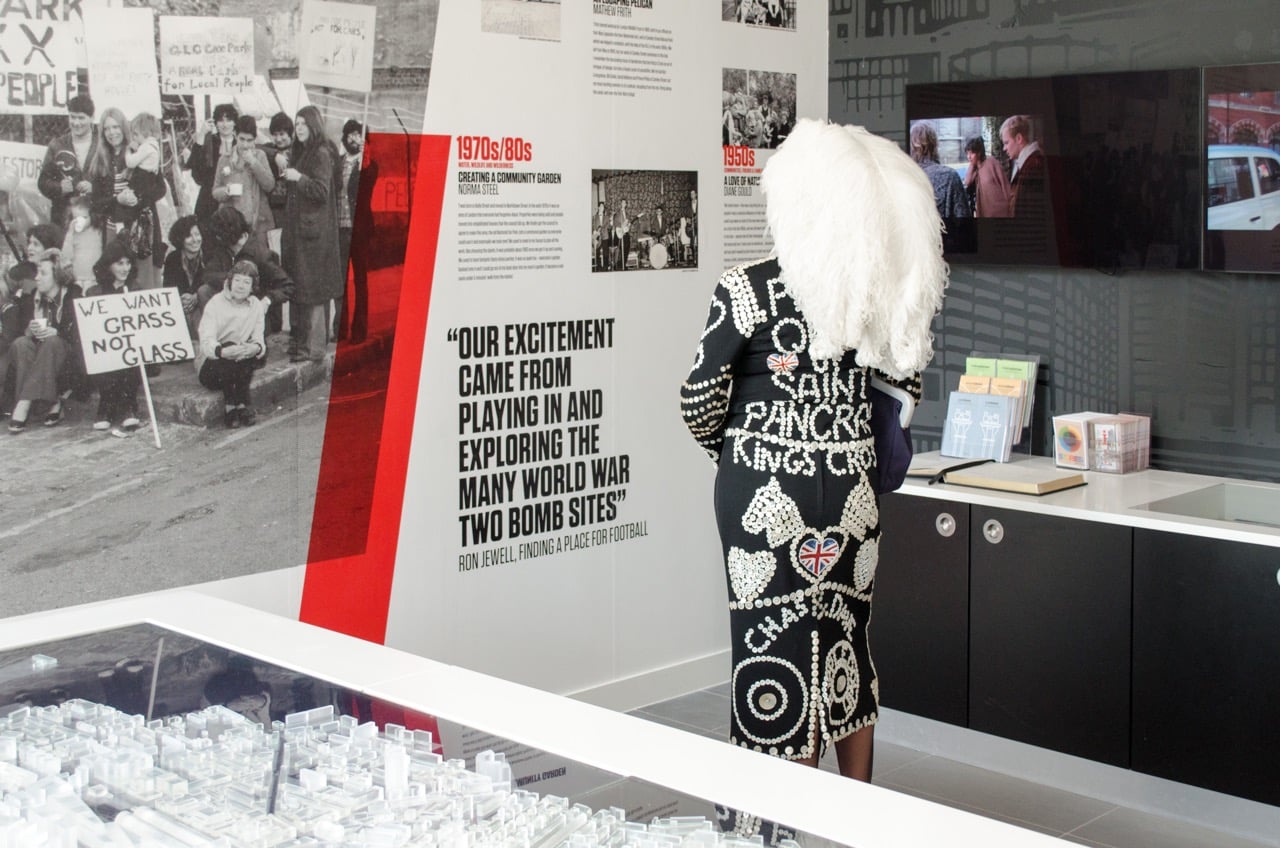

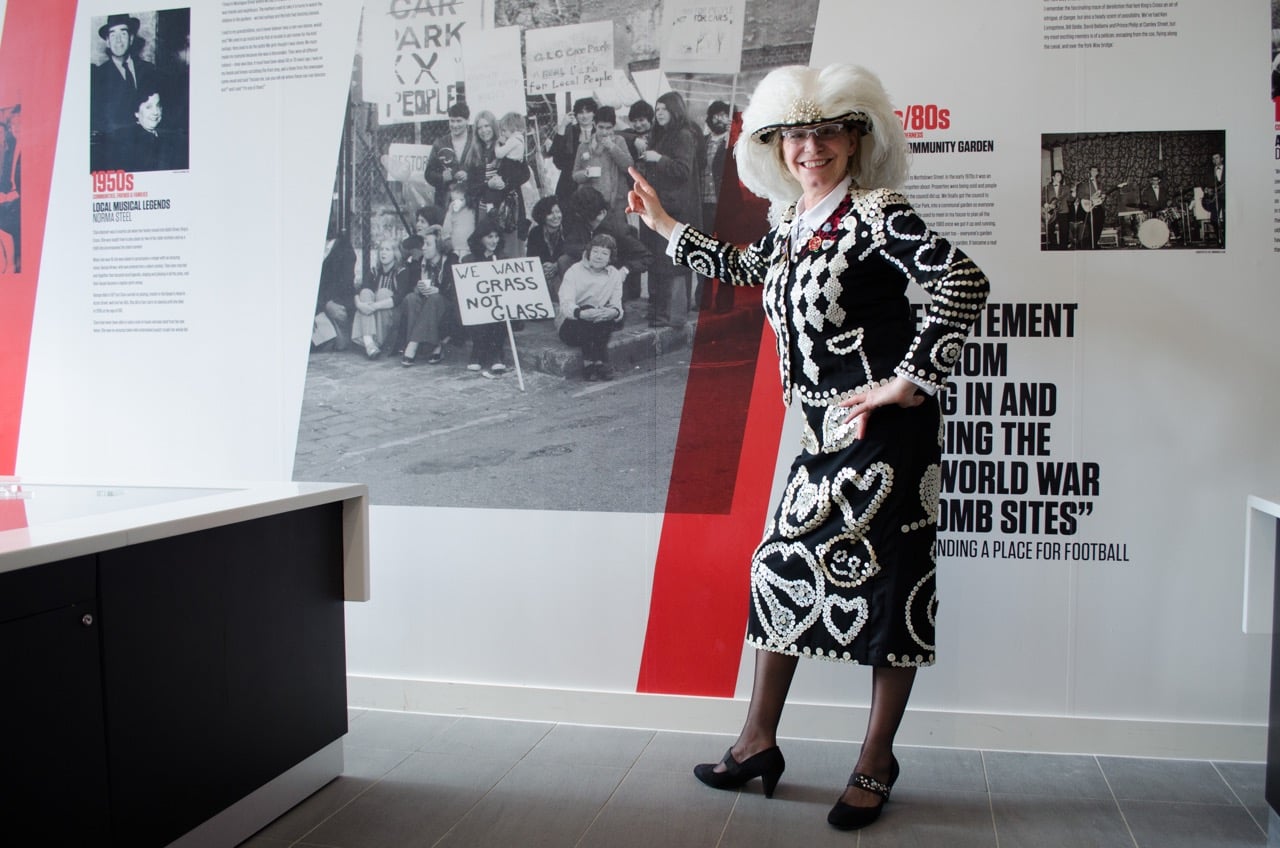
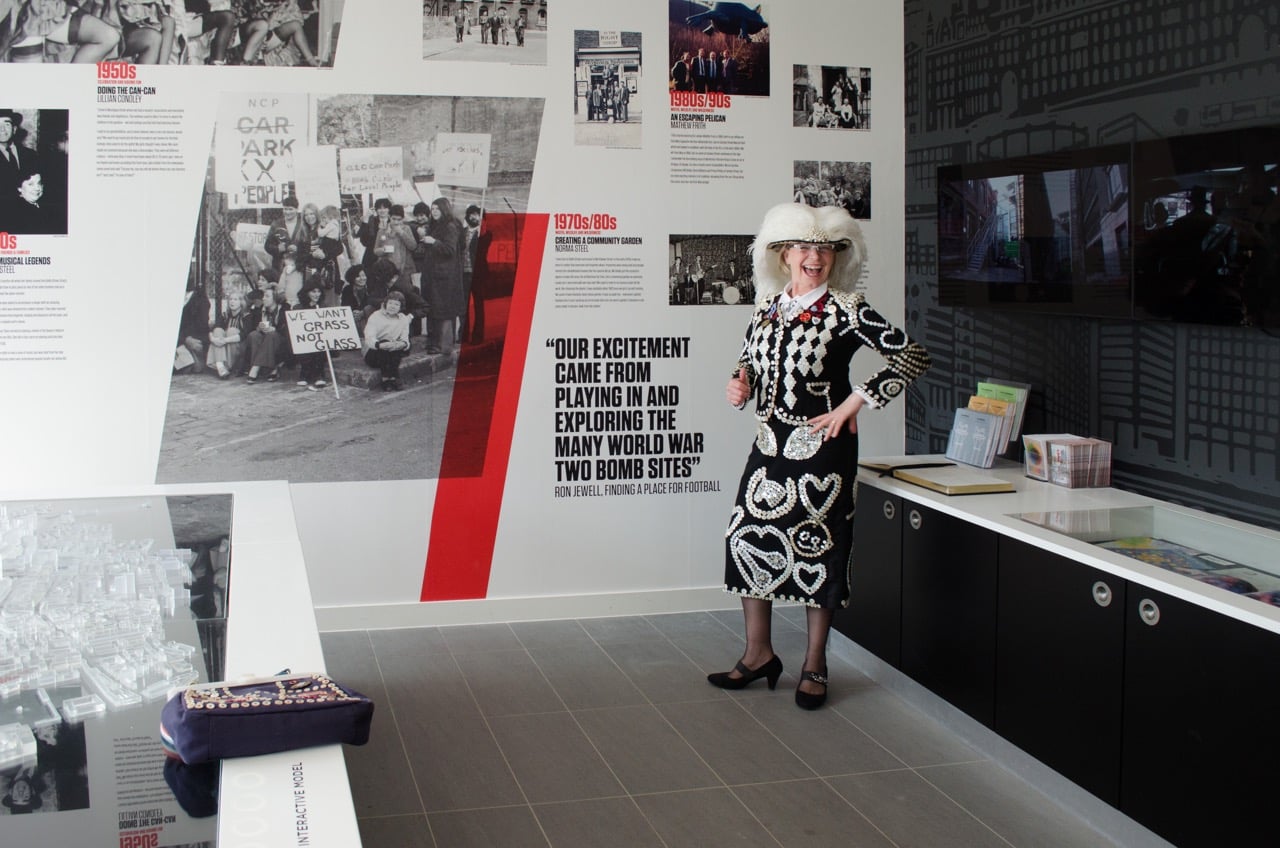
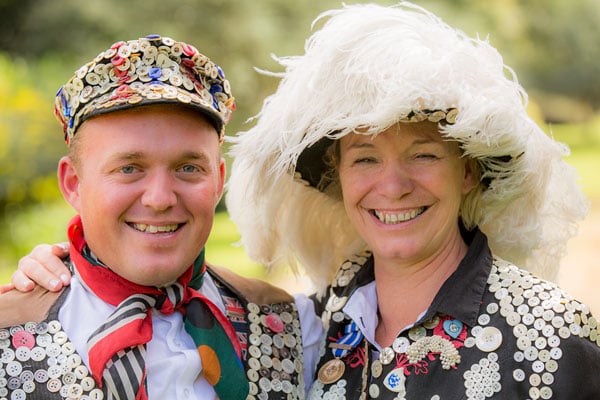
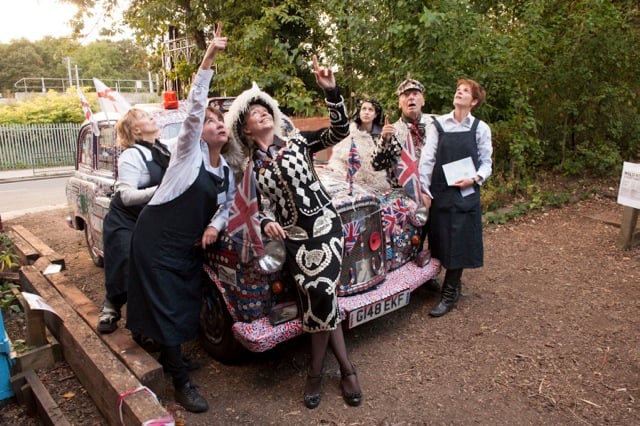
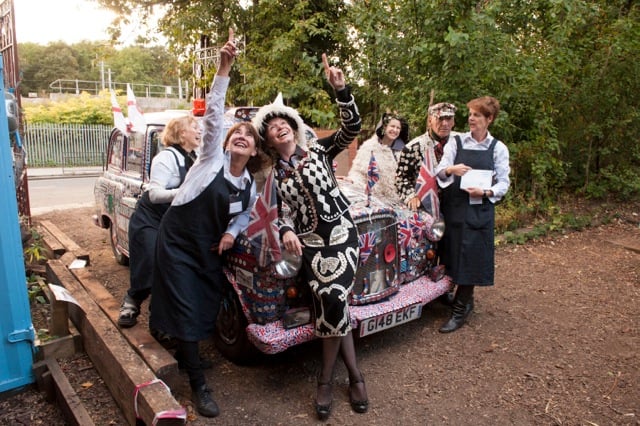
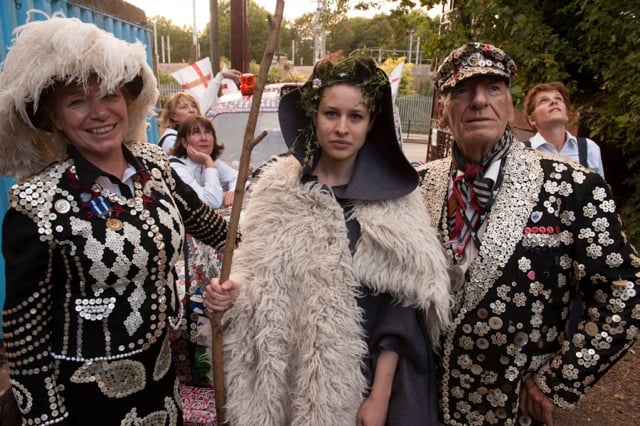
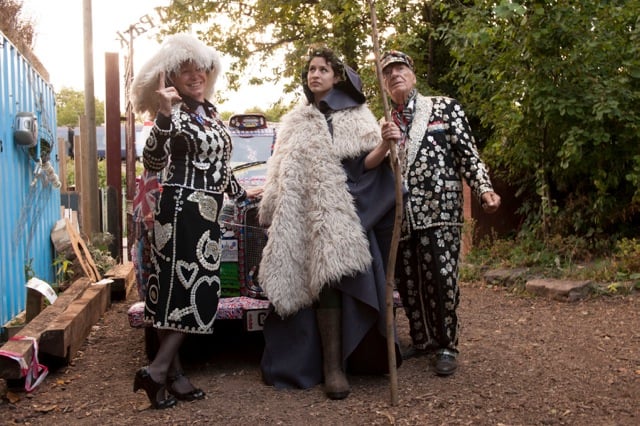
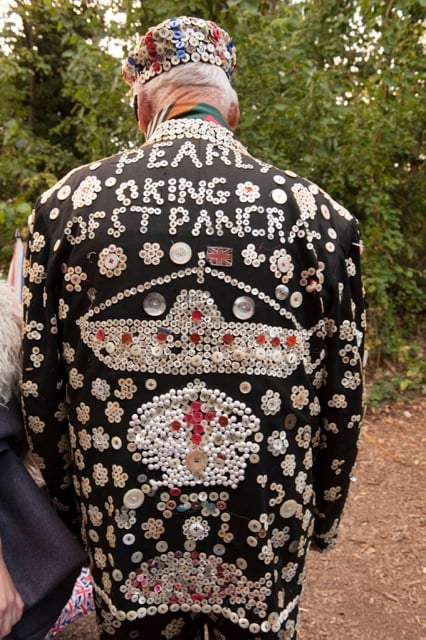
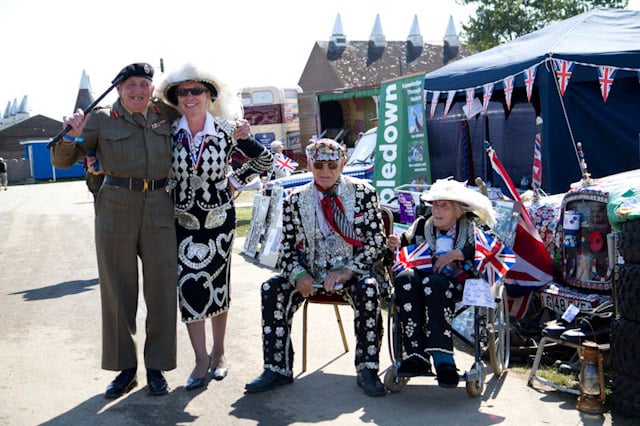
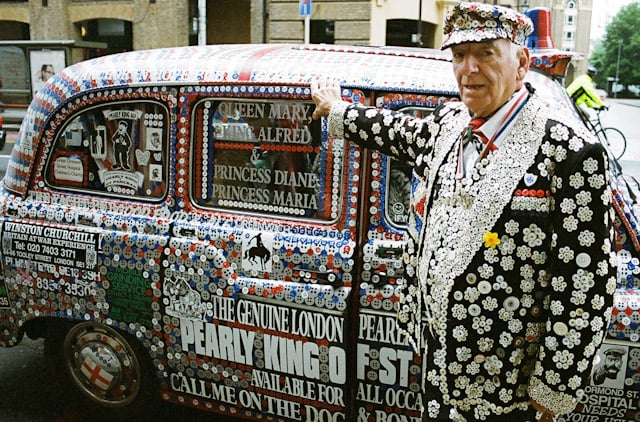
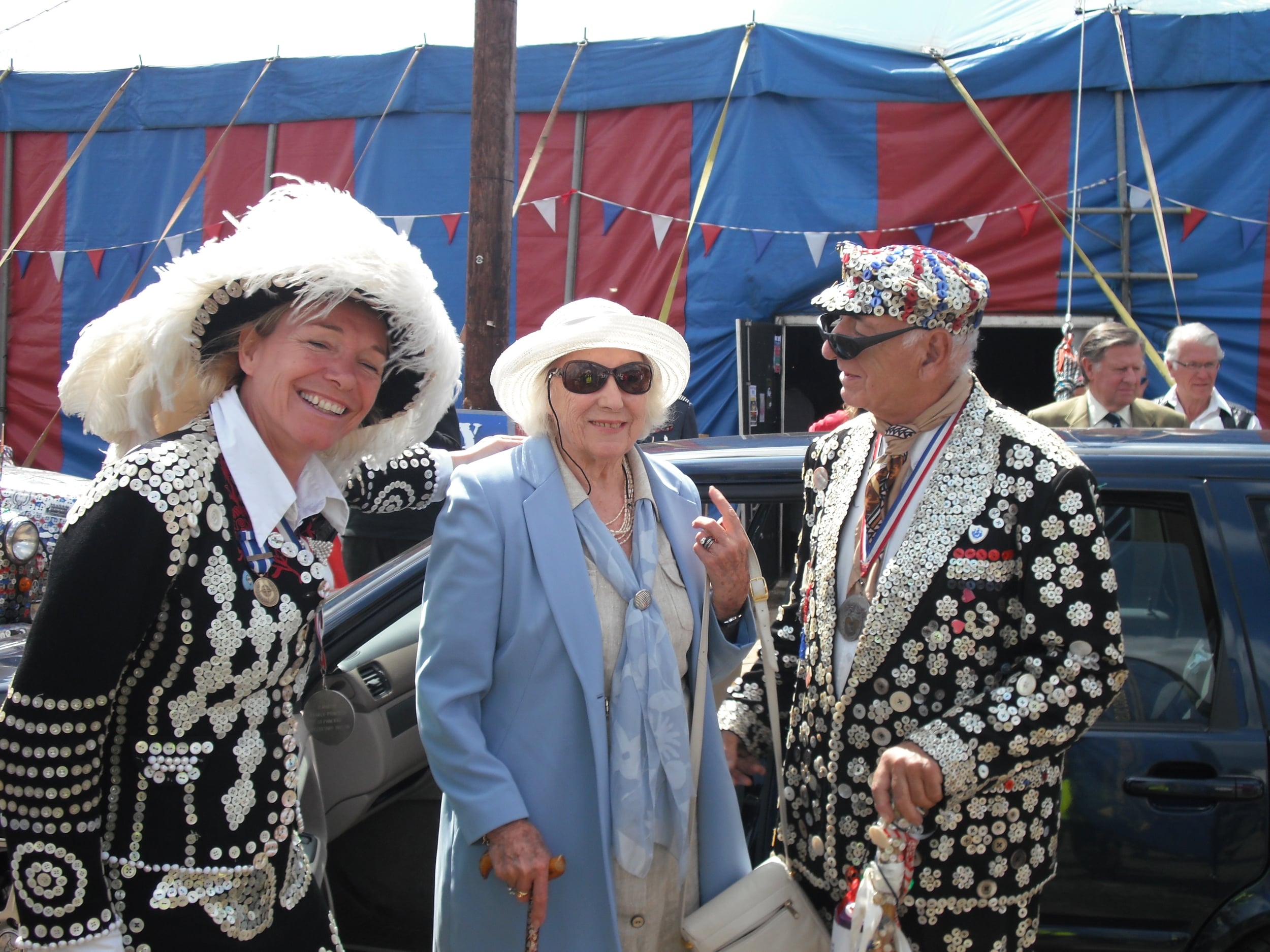
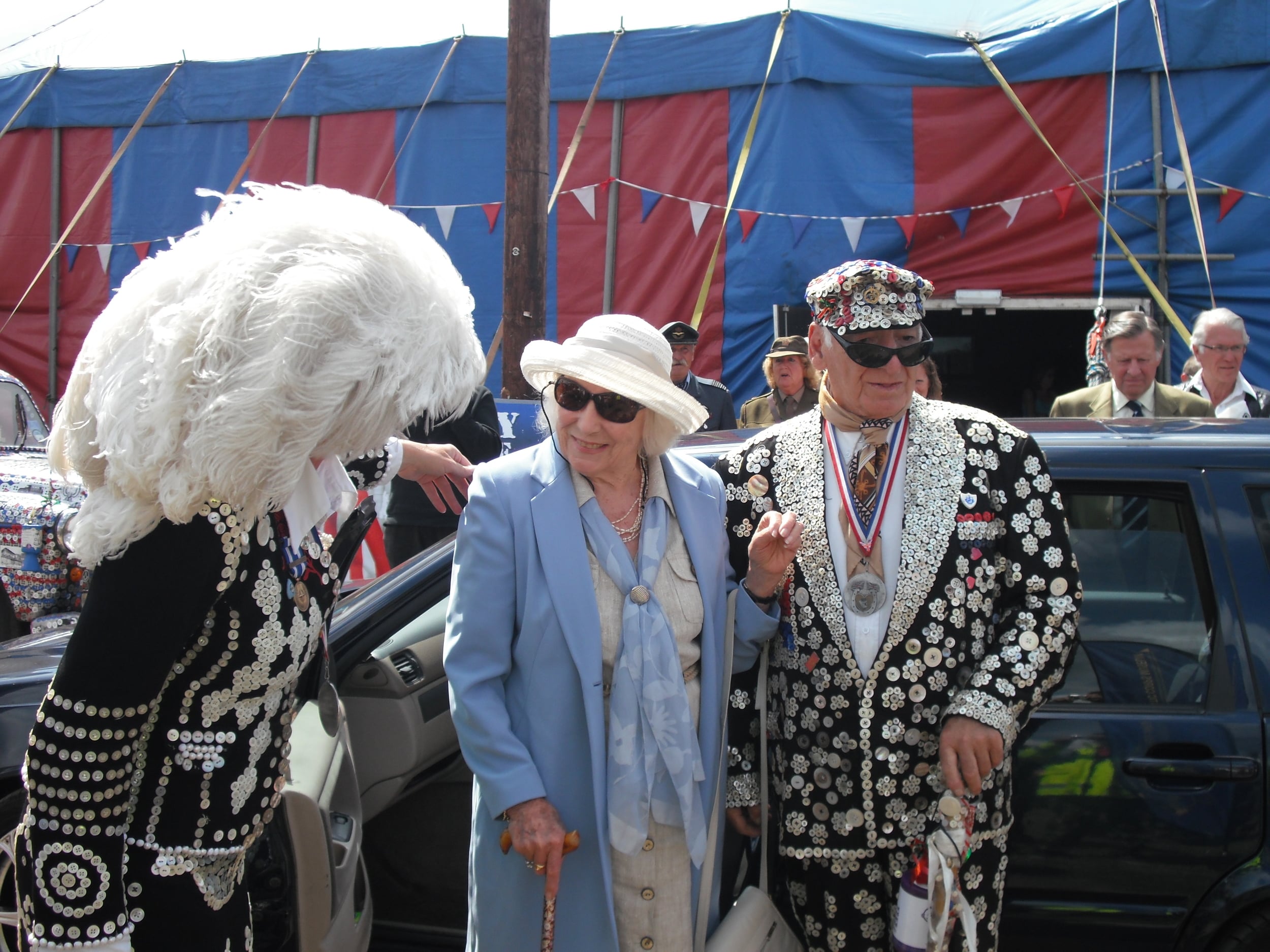


The Original Pearlies | Diane Gould
About Diane
The Original Pearlies | Diane Gould
About Diane
My early days were filled with working on my families market stalls, crying out the wares to the billy bunters (punters).
The Costermongers worked hard and played hard – always ready for a sing song and a good old knees up in the local battle cruiser (boozer), many a time us kids playing outside with an arrowroot biscuit and a coke.
The Costermongers outlook was one of fate – if you fell on hard times you just picked yourself up and got on with it. But they always looked out for one another. Market life was very colourful – the sights, the sounds and the smells are all etched in my memory.
There was great comraderie especially the service the Costers gave to the local community; be it fruit and veg or a listening ear, the sharing of stories good and not so good – all this created a bond and trust that was built up around the market and surrounding community.
Pie and mash, jellied and stewed eels were part of our staple diet – the first fast food outlets were the pie and mash shops along with the chip shops which sold faggots and peas pudding. Mum would give us two and six to get our pie and mash – lumpy potato with black eyes, the pie crust blackened with soggy pastry filled with meat and the liquor green gooey with parsley, all smothered with vinegar and salt.
I feel blessed to have had such a colourful and community based upbringing.
They were happy carefree times – and we were able to play out in the streets (not so much traffic then).
Mum and Dad met hopping down in Kent and our annual holiday was always hopping – six weeks of carefree wonderful adventurous times in the lovely Kent countryside. We could fish, climb trees, make camps, explore and any other activity that a child could dream up in the great outdoors.
Staying in the hopping huts on mattresses stuffed with straw, no lights only tilley lamps and candles (Mum always made the huts homely) and staying up late in the dark telling each other ghost stories….what fun we had!
Listening to the old'uns outside around the faggot fire telling the stories about their lives and daily happenings, then all of a sudden my cousin getting on the old Joanna (piano) which was outside the huts and banging out a tune with Dad playing the spoons and every one singing and dancing.
Dad’s granddad George Dole was the first Pearly King of St Pancras and great friends with Henry Croft of Somers town – the very first Pearly King.
George’s adopted charity was Great Ormond Street Childrens hospital and today the Pearlies of St Pancras still raise fun and funds for them.
I feel blessed to have had such a colourful and community based upbringing.
I was born in north London into a family of costermongers (street market traders). My relations had various stalls down Chapel Market where my Uncle Alfie was known as the Banana King.
A few years ago I met my partner who is chairman of the environmental charity, The Bay Trust an Environmental Education Charity in Kent. Amongst many of it’s environmental and sustainable initiatives The Bay Trust provides Outdoor Learning for schools and adults at Rippledown.
In the 1970s Rippledown was the residential centre for a couple of London schools and by coincidence one of the schools was my secondary school Walworth and my former form teacher Chas Matthews became head of Rippledown.
It seems I have come full circle as I am now outreach co-ordinator for Rippledown – enabling children and families to reconnect with our natural surroundings and the Pearlies are now enjoying raising fun and funds for both Great Ormond Street and Rippledown.
I currently live in East Sussex on a Coarse Fishery surrounded by nature.
My coster credentials in the university of life have also been bolstered by training in understanding more about people (I have qualified as both a clinical Hypnotherpist and N.L.P practitioner) and the environment (I have a permaculture design certificate under my belt). Within all this to me attitude is all, and I believe in embracing life.
















